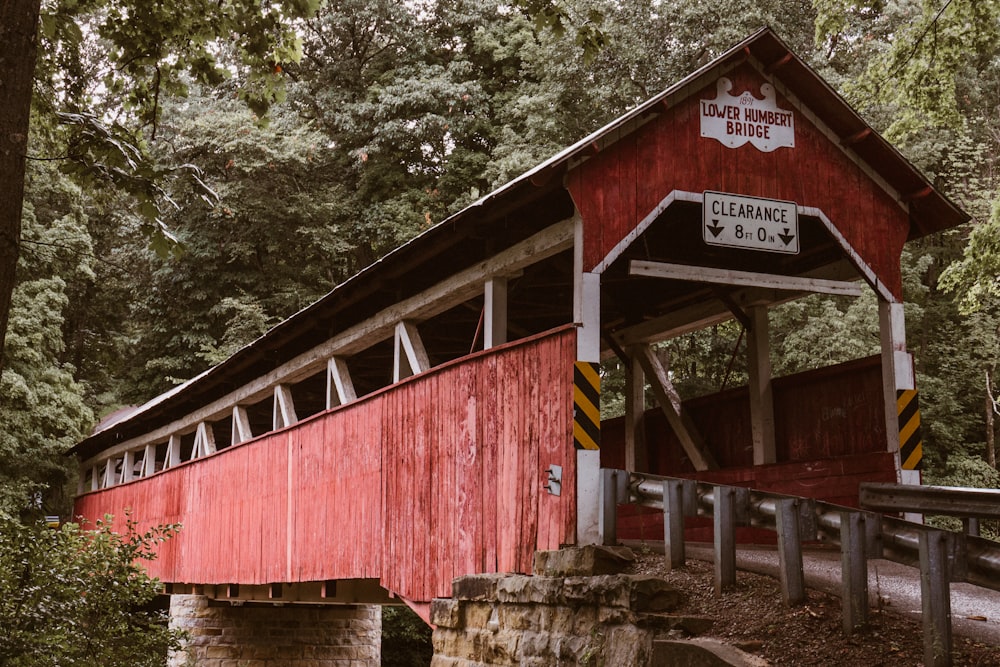Surviving the Storm: US Economy in the Turbulent 1930s
The Great Depression Unveiled
The 1930s marked a tumultuous period in American history as the nation grappled with the economic devastation of the Great Depression. A confluence of factors, including the stock market crash of 1929 and the Dust Bowl, plunged the United States into a prolonged era of hardship and uncertainty.
Hard Times and Economic Turmoil
As the stock market plummeted, businesses collapsed, and unemployment skyrocketed, the United States found itself in the throes of an economic downturn. The resulting hardships touched every corner of the nation, forcing individuals and families to confront the stark realities of poverty, joblessness, and an uncertain future.
The Dust Bowl’s Impact
Adding to the economic woes, the Dust Bowl of the 1930s wreaked havoc on the agricultural sector. Widespread drought and soil erosion turned once-fertile lands into arid wastelands, leading to crop failures and exacerbating the economic struggles faced by farmers. The Dust Bowl became a symbol of the environmental challenges intertwined with the economic crisis.
New Deal: A Ray of Hope
In response to the dire economic situation, President Franklin D. Roosevelt introduced the New Deal, a series of programs and policies aimed at providing relief, recovery, and reform. The New Deal sought to address the immediate needs of the population, stimulate economic recovery, and implement structural changes to prevent future crises.
Banking Reforms and Economic Resilience
One of the critical components of the New Deal was banking reform. Faced with widespread bank failures, Roosevelt implemented measures to stabilize the banking sector, restore confidence, and prevent further economic collapse. These reforms laid the groundwork for a more resilient financial system.
Shifts in the Workforce
The 1930s witnessed significant shifts in the American workforce. High unemployment rates led to increased competition for jobs, and many individuals had to adapt to changing industries. The economic hardships prompted a reevaluation of labor dynamics and paved the way for long-term transformations in the workplace.
Industrial Decline and Changing Realities
The industrial sector, once a cornerstone of American prosperity, experienced a decline during the 1930s. As production slowed, factories closed, and industrial output decreased, the nation grappled with the changing realities of its economic landscape. This shift marked a departure from the booming industrial growth of previous decades.
Social Impact of Economic Crisis
Beyond the economic repercussions, the Great Depression left an indelible mark on American society. Communities came together in the face of adversity, with individuals supporting each other through soup kitchens, community initiatives, and various forms of mutual aid. The social fabric of the nation was tested, revealing both resilience and the need for collective action.
Political Landscape and Policy
The economic challenges of the 1930s also had a profound impact on the political landscape. FDR’s New Deal policies sparked debates about the role of government in addressing economic crises. The era set the stage for a reevaluation of economic and social policies, shaping the trajectory of American governance.
Navigating Shifting Tides
As the United States navigated the shifting tides of the 1930s, it faced a series of interconnected challenges that tested the resilience of the nation. From economic hardships to environmental disasters, the decade was defined by the collective effort to survive the storm and lay the groundwork for a more stable and secure future. Read more about us economy 1930






